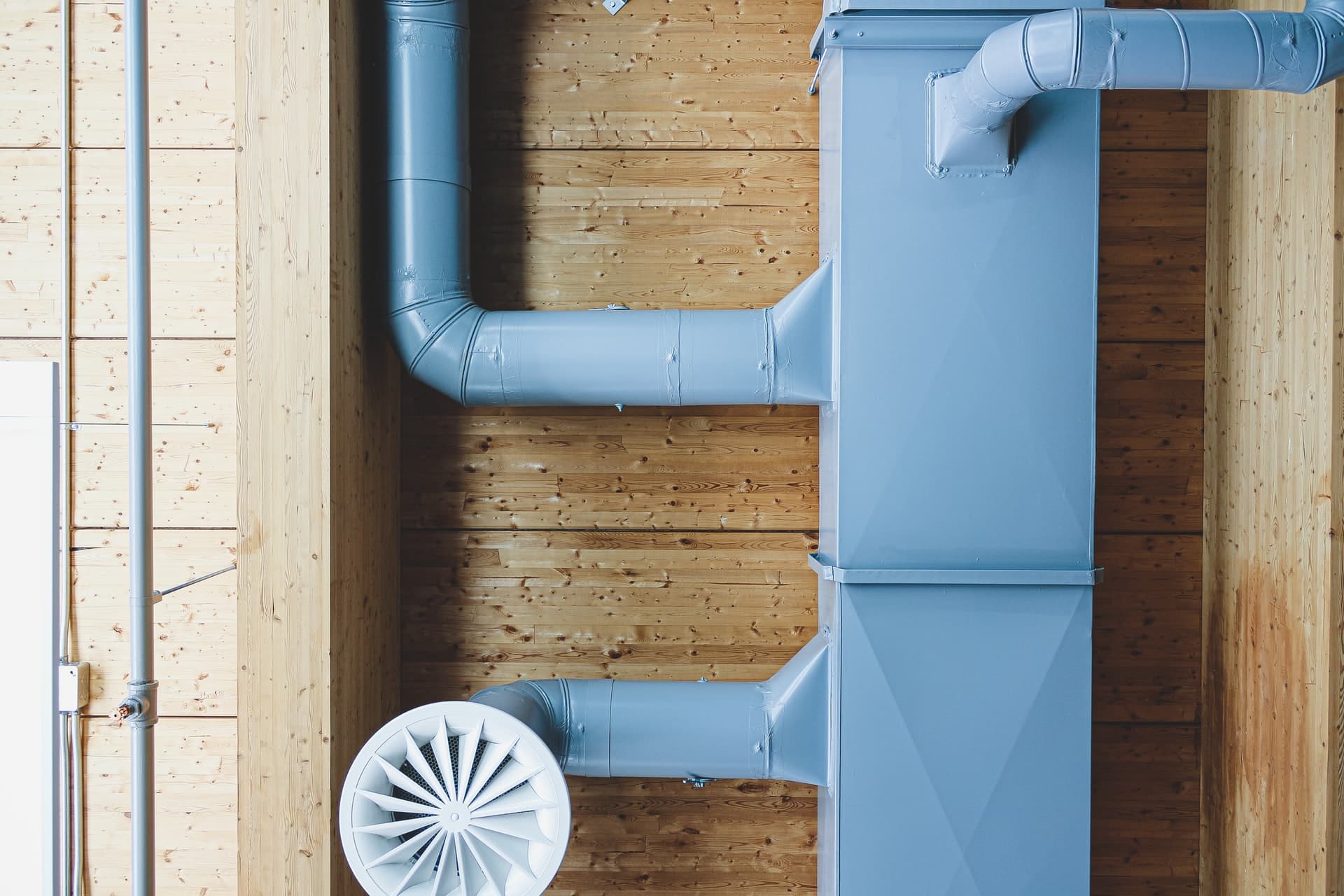Depending on the age of your water heater, it can be prone to a number of issues. Some of these problems are simple to fix, but they can be costly to fix. If you are unable to afford a plumber to repair your water heater, there are a number of easy fixes that you can do yourself. Here are a few of the most common problems: a limited supply of hotwater, sediment in the pipes, and long wait times for warm water.
Leaks: One common water heater issue is a leak in the water tank. While this isn’t the most serious issue, it’s one of the most frustrating. A leak in the pipes above the tank does not necessarily mean that the tank is compromised. Usually, the leak is caused by a cracked or corroded T&P pipe or a malfunctioning valve. If you notice a problem with any of these parts, simply replace them or tighten the pipes.
A water heater that fails to meet your water temperature is one of the most common problems. The problem can be caused by several different things, including a faulty thermostat or heating element. If you are not sure what the cause of your problem is, try checking the circuit breakers or replacing blown fuses. Make sure the power switches are on, the power indicators are lit, and the thermostat is receiving power.
Another common water heater issue is a leak in natural gas. If this occurs, you’ll have to shut off your home’s natural gas supply. If this happens, you’re in big trouble. In this case, you’ll want to call a plumber to repair the leak. They’ll be able to diagnose your water heater problem quickly and efficiently, and they can handle most of the minor repairs.
The most common water heater issues include slow water heating. It can be caused by a faulty thermostat or a faulty temperature pressure valve. If this happens, it’s best to call a plumber to investigate the problem. Other possible issues involve a leaking gas line, a faulty wiring system, or a leaking thermostat. If none of these problems are apparent, you may need to replace the entire water heater.
A water heater can develop sediment in its tank. If it’s discolored, it’s a sign of a problem in the water heater’s anode rod or tank. Fortunately, these issues are relatively easy to diagnose and repair. If you’re unsure of what is causing your water heater’s discolored water, a plumber can perform a tune-up or replace the anode rod, which is the most common cause of a water heater’s problem.
You may have noticed that the water heater won’t heat up. A faulty thermostat can cause the water to run too hot or cold. It can also be a result of a damaged temperature-pressure relief valve. When this happens, it’s advisable to call a plumber or repairman. If your water heater has stopped working, you should check the thermostat first before attempting any repairs.
A water heater can be undersized or defective. A constant flow of hot and lukewarm water is indicative of a problem with the upper heating element. If it’s not producing hot enough water, there are several other potential problems with the unit. A malfunctioning thermostat could lead to a burst or a leak. A faulty gas valve can also lead to a faulty or defective upper heating element.
Among the many other water heater problems, you may be unable to get hot water at the right temperature. If you’re worried about this problem, it’s best to contact a plumber as soon as possible. The temperature of your water heater is likely to be too hot, and you might have a faulty thermostat or an undersized heating element. A faulty thermostat will make the hotter water not recover.





